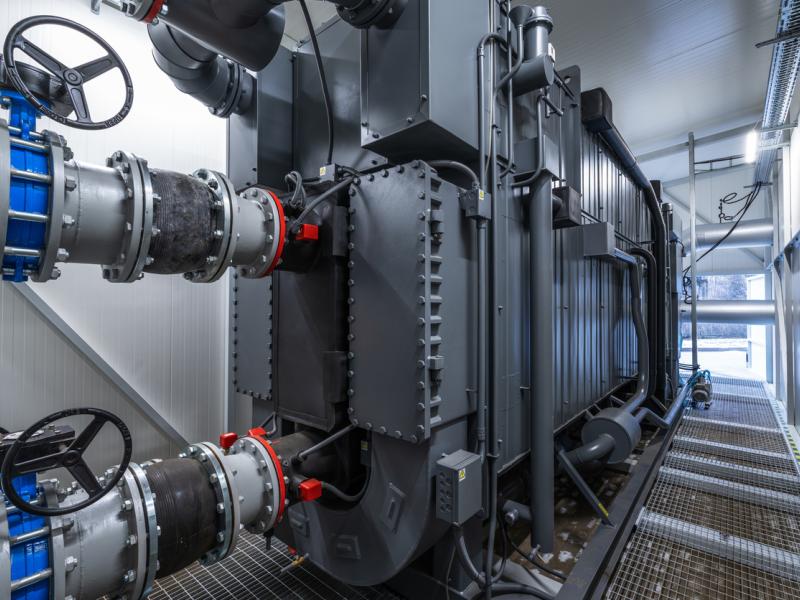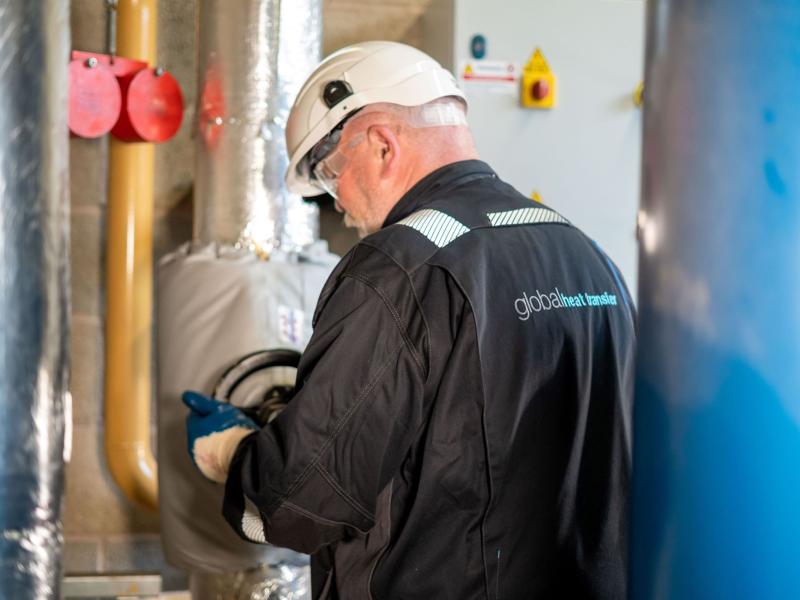With the rapid advancement of electrification, technologies that improve electric energy efficiency are increasingly recognised as essential for achieving net-zero energy targets and reducing costs. According to a new report from global technology intelligence firm ABI Research, aggregated global investments in energy efficiency technologies will grow from US$106 Billion in 2024 to US$153 Billion in 2030.
“Both the International Energy Agency (IEA) and the United Nations Climate Change Conference (COP) continue to insist on the importance of energy efficiency,” explains Dominique Bonte, VP of End Markets and Verticals at ABI Research. “At COP 29 in Dubai, it was agreed to commit to collectively double the global average annual rate of energy efficiency improvements from around 2% to over 4% every year until 2030, following recommendations from the IEA. This complements the EU’s Energy Efficiency First (EE1) Framework and the U.S. 2022 Inflation Reduction Act in which US$86 billion was earmarked for energy efficiency actions.”
For enterprises, the wide range of energy-efficiency-enhancing technologies and equipment can be organized into the following industrial categories:
• Commercial Buildings – Network Lighting Control (NLC) and occupancy sensing for automated lighting and heating; Artificial Intelligence (AI)-based energy management; heat-pumps and energy-efficient HVAC equipment; insulation technologies
• Manufacturing Plants – Energy digital twins, factory automation, manufacturing process design and optimization software (PLM, MES, simulation); Electric Arc Furnaces (EAFs); energy efficient electric motors (compressors, fans, pumps)
• Transportation and Supply Chain - Electric forklifts; fleet electrification (last mile); advanced routing software; software suites improving end-to-end supply chain efficiencies (control towers)
Key technology vendors include Signify, Schneider Electric, Siemens, Danfoss, and PTC. Going forward, the entire ecosystem of both providers and users of technology will shift toward making energy efficiency a key design and decision parameter across their entire operations. After all, energy efficiency is the lowest hanging fruit from a sustainability and cost perspective, according to the motto “the cleanest and cheapest energy is the energy which is not used.”
These findings are from ABI Research’s The Role of Energy Efficiency in Reaching Net Zero Targets for Enterprises and Industries application analysis report. This report is part of the company’s Smart Energy for Enterprises and Industries research service, which includes research, data, and ABI Insights. Based on extensive primary interviews, Application Analysis reports present an in-depth analysis of key market trends and factors for a specific technology.






